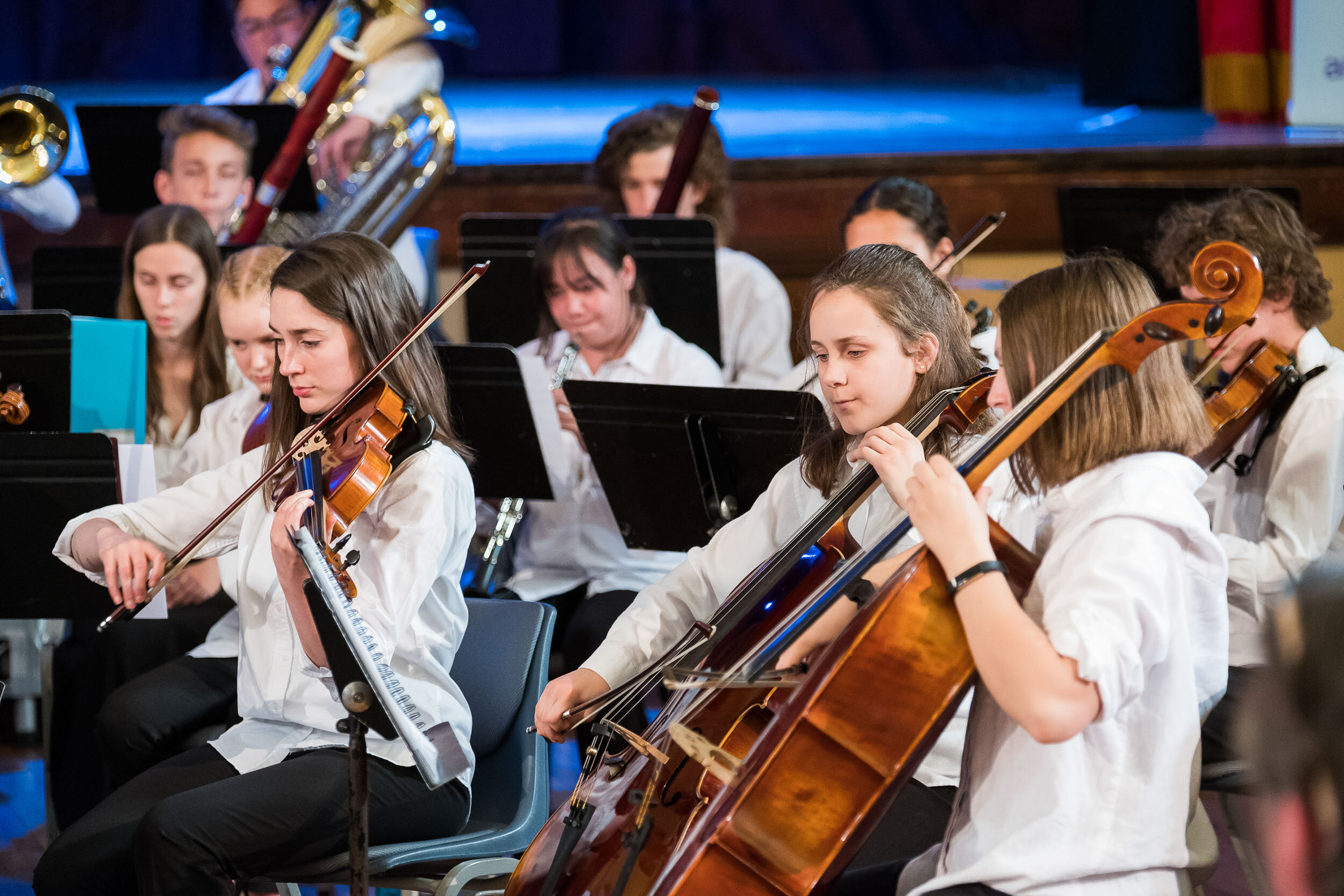
There are many ways to apply for music education grants, but not all are obvious. For instance, a music composition organization may prefer projects that encourage students to create new music. While it can be overwhelming to apply for grants, it will also help narrow your search by looking at what programs and organizations are looking for. This way, you can tailor your proposal to the organization’s needs.
Direct experience
The Mockingbird board prefers projects that engage students in music directly. Therefore, the grant money must support activities that promote creativity in music students. Those who are seeking such a grant should follow the guidelines for the program before applying. Listed below are some of the essential components of a grant proposal. You can use these guidelines to create a grant proposal that appeals to the Mockingbird board.
The clinical training component of a music therapy student’s degree program involves at least one hundred hours of direct experience. At least fifteen percent of these hours must be pre-internship experiences, and seventy percent must be internships. This includes observing, assisting, co-leading, or implementing program planning and treatment. The clinical hours should consist of direct client contact and activities related to clinical sessions. Other activities may include group supervision of client sessions or session planning.
In addition to classroom experiences, students must complete 120 hours of field experience at a local school. These experiences will enhance content knowledge and teaching skills. During these experiences, students are taught by Cooperating Teachers and University Supervisors. Additionally, students must demonstrate a commitment to the arts in education and develop advocacy skills. During this time, they will also be expected to complete a professional EdTpa portfolio.
In-kind matching
A grant application is incomplete without a match. The match may come from private or corporate contributions by band booster fundraiser ideas for school bands | SaveTheMusic.org, earned income, or state or federal government funds. City of Chico funds cannot be used as a match. The applicant should indicate whether the project includes a partial in-kind matching option. Additional information on matching funds can be found in Addendum A. The applicant should outline a realistic timeline, appropriate budget, artistic objectives, and measurable outcomes when applying. The project plan should include details of how the project will impact the community, students, and staff.
Nonprofits may also consider submitting a music education grant application if it is related to music. Guitar Center believes music builds self-esteem, encourages cooperation, and enhances creativity. It also supports nonprofits that promote music education. Similarly, the Public Welfare Foundation awards grant to nonprofits that work toward improving the quality of life and honoring core values. Public welfare foundations also look for transformative change to improve the quality of life and promote equality.
Getting support
When applying for funding for music education, make sure you coordinate your efforts with your school administration and colleagues. Unfortunately, some music teachers don’t see this as part of their job, so they are forced to do it alone. However, everyone will see your success by coordinating with colleagues and sharing your goals. If possible, you should meet with your district coordinators before submitting your application. In some cases, you may be able to waive a portion of the technology requirement.
In the United States, there is over $126 billion available to K-12 schools. This money can help schools address various challenges, from classroom size reductions to providing students with personal protective equipment. Make sure to document your goals and your needs for the funding. You can also take advantage of extra stimulus funds to evaluate your safety needs and remind your administration of the importance of music education. This way, they will be more likely to support your application.
In the United States, NAMM Foundation funding supports the expansion of the National String Project in five new sites. Moreover, each site contributes matching funds to implement a teacher training and community outreach program. This innovative approach to music education transforms students’ lives in poor communities. This program has helped many students in poor communities become better musicians. For example, one teacher in Ohio has made music classes a priority for her students and successfully applied for grants.